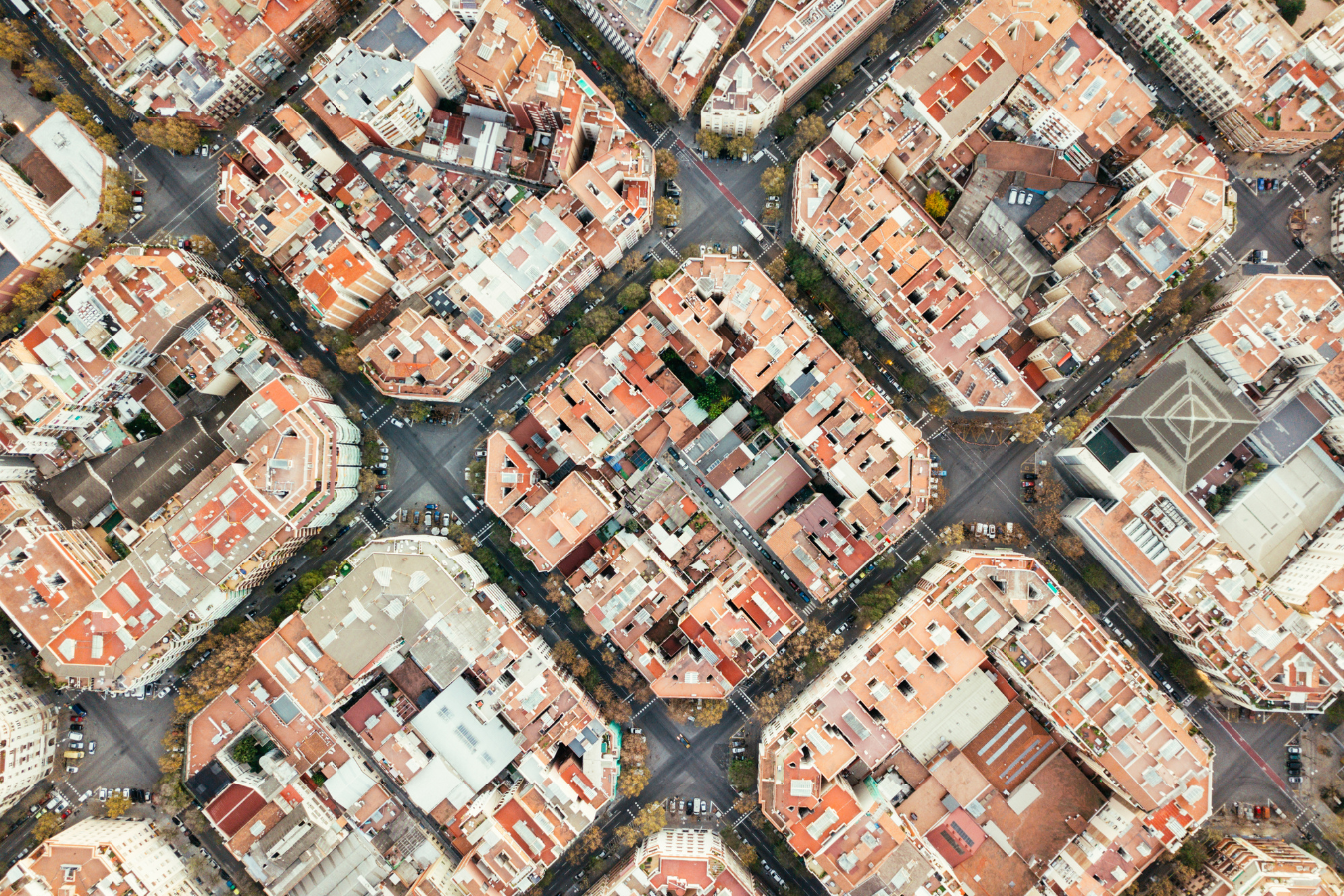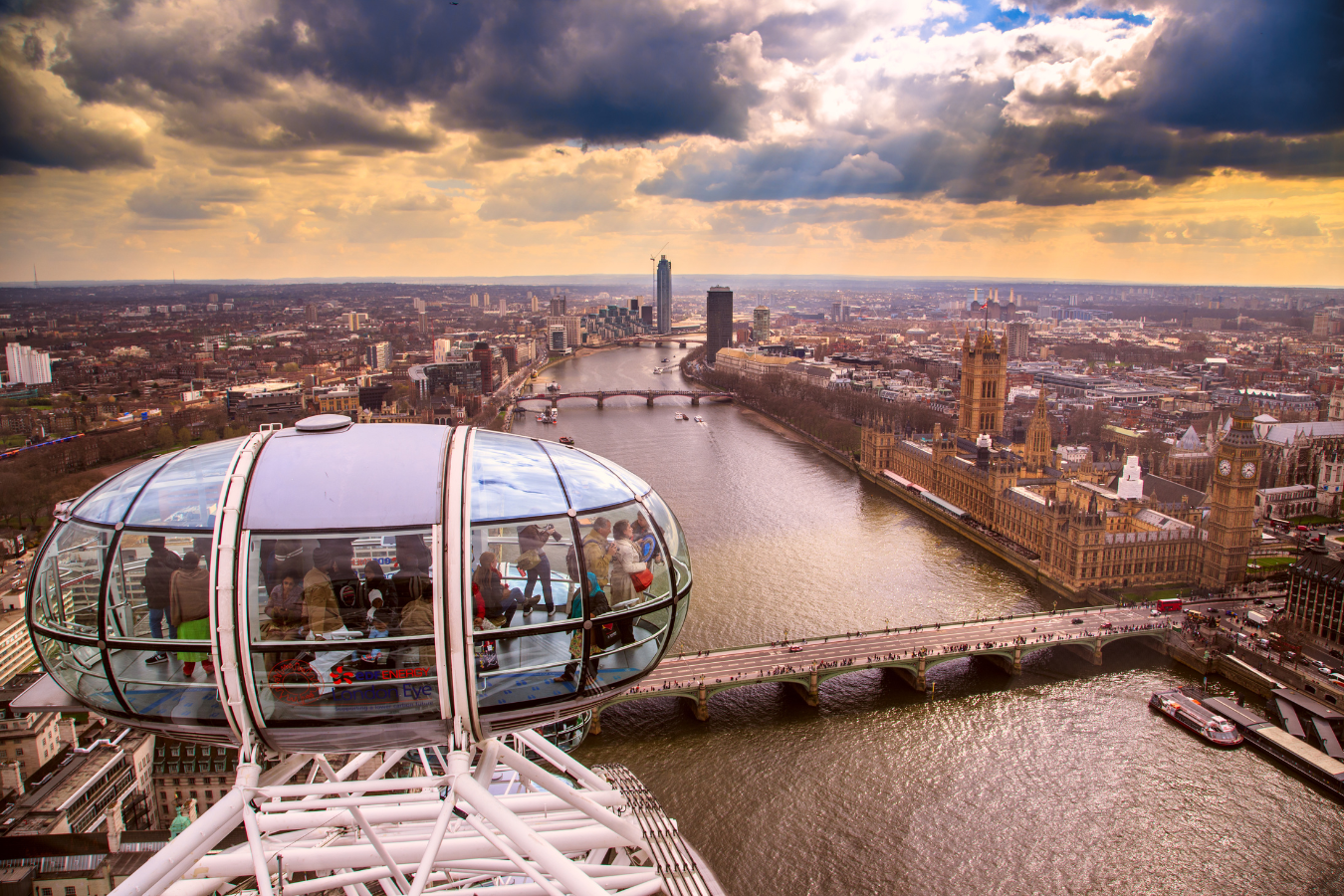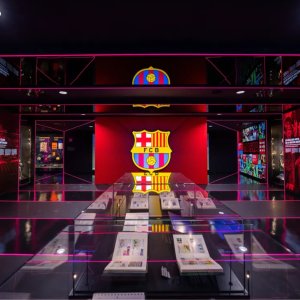According to studies carried out in different countries around the world, a car spends 95% of its time stationary, yet 70% of the space in an average city is dedicated to these vehicles. At the same time, we are increasingly noticing the effects of climate change, so coordinated global action to reverse the situation is becoming increasingly necessary. In this context, Barcelona, a city of reference at many levels, is taking important steps in urban planning that could be key to a more sustainable and responsible future. Do you know the superblocks of Barcelona? We're going to present them to you.
What is a superblock?
As you know, most cities today are divided into city blocks, blocks of buildings surrounded by roads that include pavement space for pedestrians. However, on too many occasions, there is often a disproportion between the space dedicated to cars and that which corresponds to pedestrians.
With the superblock project in Barcelona, blocks are grouped into 3x3 blocks to form a larger block of about 400 or 500 meters on each side, diverting traffic around the block's perimeter. Only residents' cars or cars for loading and unloading can circulate inside the blocks, but always at a maximum speed of 10 kilometers per hour.
The benefits of the superblock
This urban redistribution has benefits for those who live there, although these gains are also notable in the city as a whole. These are some of the positive aspects highlighted by Salvador Rueda, Director of Barcelona's Urban Ecology Agency and the main person responsible for the implementation of this urban model in Barcelona.

Pedestrians reclaim part of urban space
As we have already mentioned, 70% of the space in cities today is dedicated to vehicles, so with this paradigm shift, a large part of the space is returned to the citizens. This allows neighbors to take back the street, including children, and enjoy it without risk. It should be borne in mind that there is a big difference in mortality in the event of a collision when a vehicle travels at 50 km/h (80% mortality rate) compared to when it travels at 30 km/h (10%) or at 10 km/h, where the risk is minimal.
Air pollution has been reduced in Barcelona
Air pollution is one of the biggest problems in today's society. In Barcelona alone, more than 1,000 people die from it every year, and it is also responsible for 30% of cases of childhood asthma, the most common ailment among children. For this reason, superblocks are even more important, as they not only lead to a significant reduction in traffic but also allow more green space to be created, with all the benefits that this entails. According to a study by the Barcelona Public Health Agency, in the Sant Antoni ring road, one of the intervened areas, nitrogen dioxide levels fell by 25 % and suspended particulate matter (PM10) by 17 %.
The noise also decreases
The same study also found that noise inside superblocks has been reduced from 65 dB to 35 dB, which is much better for people. In fact, the World Health Organisation (WHO) has set 55 dB as an optimal outdoor noise level.

How many superblocks are there in Barcelona?
Although it may seem relatively modern and it is true that the city has made considerable progress in this regard in recent years, the reality is that the first superblock in Barcelona was laid out in 1993: in the very popular El Born neighborhood. In 2006 it was extended to the district of Gracia and, in recent years, it has been extended to other districts of the city, such as Poble Nou, Sant Antoni, and Eixample.
Other Spanish cities with space for pedestrians
Although, due to its size and importance, Barcelona has become a European benchmark in this respect, in Spain there are good examples of sustainable and more pedestrian-oriented urban planning. The most renowned, perhaps, is the case of Pontevedra, a city whose center and a large part of its neighborhoods are pedestrianized, or Vitoria, the best example of sustainable urban planning and mobility in the country. Other good examples are Bilbao, Valencia, Granada, Seville, and Zaragoza, where pedestrians have plenty of car-free space.
And what are our European neighbours doing?
But beyond the case of Spain, more and more European cities are becoming aware of the necessary paradigm shift in the urban planning and mobility model. Among the most outstanding examples are Amsterdam and Copenhagen, two leading cities in the use of bicycles, but also in the coexistence between pedestrians and vehicles. In fact, apart from Amsterdam, the Nordic countries tend to top all kinds of rankings related to sustainability and the green economy.
Among the major European capitals, London, which has spent the last century trying to reduce congestion and encourage other forms of travel, and Paris, which has taken a big step forward in recent years, stand out. These are just a few examples, although there are more every day.
As we said at the beginning of this article, the complicated environmental situation in which we currently find ourselves requires a change in our way of life. And, of course, superblocks are a great example of where our efforts should be directed.














